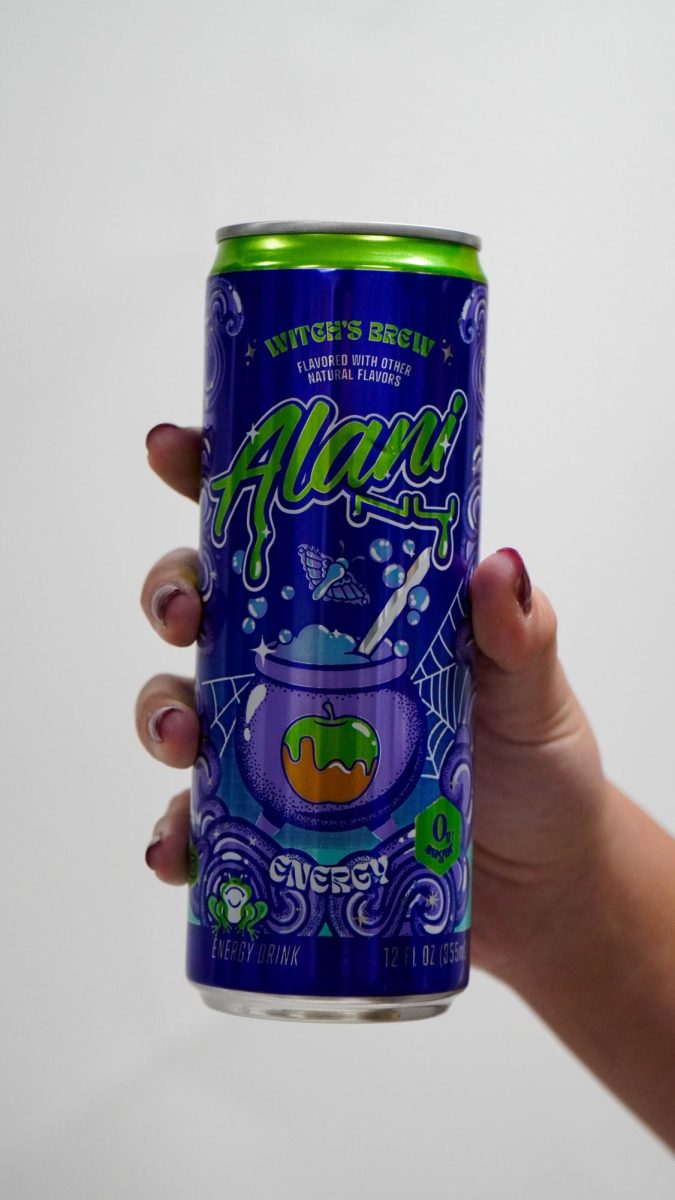A small white pouch tucked discreetly in the upper lip has become the latest concern for parents and educators across America. ZYN, a smokeless nicotine product, is rapidly gaining popularity among teenagers while flying under the radar of most adults. Unlike the visible clouds of e-cigarettes or the telltale scent of traditional tobacco, this new nicotine delivery system is virtually undetectable – and that’s exactly what has health experts worried.
The tobacco-free nicotine pouch ZYN is the flagship product of a multinational tobacco giant, raking in billions and reshaping the future of smoking as we know it. The pouches come in flavors like mint, coffee, and “Mango Tango,” and are typically sold in tin packs of 15 units, and vary in strength from 3 or 6 milligrams of nicotine.
According to a meta-analysis of the nicotine pouch market, the global industry was valued at $5.4 billion in 2023 and is expected to reach $119.2 billion by the end of 2034.
The FDA and CDC recently released data from the 2024 National Youth Tobacco Survey (NYTS) on youth tobacco use. Nicotine addiction among minors has been rising in alarming numbers since 2021 – the first year that questions on nicotine pouches were added to the survey. While e-cigarette use has shown a decline among teens, the number of middle and high school students who reported in the survey having used nicotine pouches in the last 30 days has significantly increased from 0.8% in 2021 to 1.8% in 2024.
It is easy to point the finger at Swedish Match, the Stockholm-based tobacco manufacturer of ZYN. We could also blame Philip Morris International who acquired it in 2022. However, the true culprits of this new Zynsation are “Zynfluencers,” social media users who avidly promote ZYN products on their platforms.
“I’ll sometimes see Zynfluencers on Reels that advertise their favorite ZYN flavors, even though I’m obviously under 21,” junior Olliver Polsinelli said.
“Zynfluencers” make videos and posts about ZYN on TikTok and YouTube and talk about it on podcasts, often reaching millions of young followers.
The ZYN Phenomenon in High Schools
The rise of ZYN has not gone unnoticed in high schools across the country. According to its parent company, ZYN was originally intended as a smokeless nicotine replacement for adults 21 and older. However, its social media presence has launched unofficial marketing campaigns for underage users.
“I’ve seen people using ZYN in the bathroom, even during sports practice,” Polsinelli said. “It’s so small that teachers don’t notice.”
The rise of ZYN has created new challenges for school administrators enforcing disciplinary policies. While the student handbook prohibits “drugs, alcohol, tobacco products, etc.”, ZYN products are technically tobacco free but are derived from tobacco leaves, making the classification muddled for disciplinary infractions.
Enforcement is particularly challenging due to ZYN’s discrete nature. Schools have implemented measures like cracking down on gum usage, as gum packets can be used to conceal ZYN. However, it’s difficult to catch individual usage.
“There are no visible changes really,” Assistant Head of School Sebastiaan Blickman said. “You don’t get the red eyes, the sleepiness, or manic behavior.”
Health Concerns for Teens
Health professionals are concerned about its impact on developing young brains. Although ZYN may help smokers quit, the risks posed are on the same level. The University of Nebraska Medicine reported nicotine use during adolescence has been shown to impact learning, attention span, and proneness to addiction.
“Nicotine can affect brain development in teenagers, potentially leading to long-term cognitive issues. It’s also highly addictive, which is particularly dangerous for young people,” said Anesthesiologist Dr. Virgil Sanchez from HCA Florida Osceola Hospital.
Moreover, recent studies show that long-term use of nicotine pouches may lead to oral tissue decay which can increase the risk of oral cancer. Participants in these studies also experienced gum recession exposing the roots of their teeth.
Looking ahead
As ZYN continues to gain popularity, it’s crucial for students to stay informed about its risks.
“It’s easy to think ZYN isn’t a big deal because it’s not as obvious as smoking,” Polsinelli said. “But anything that can mess with your brain and health isn’t worth it. There are better ways to deal with stress or fit in.”
With school policies still catching up to this new nicotine trend and social media continuing to fuel its popularity, the ZYN phenomenon shows no signs of slowing down.
“Unfortunately, you guys are like the test subjects for pretty much all these products,” Blickman said. “Kids get targeted with the most media, the most influencer content, the most suggestive ads.”
The question remains whether awareness of its health risks will be enough to counter its growing appeal among young users. For now, students like Polsinelli continue to see its presence in their daily lives, a reminder that the next generation of nicotine products doesn’t need smoke to spark concern.















